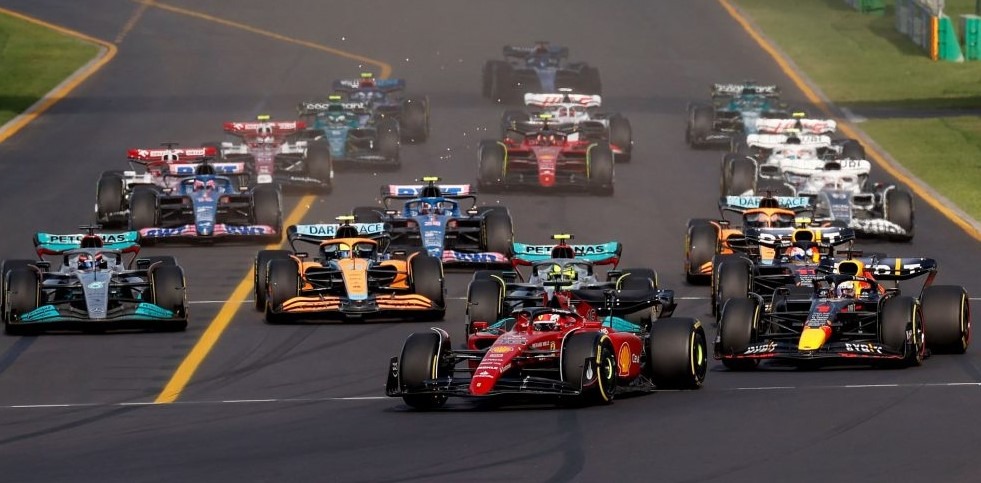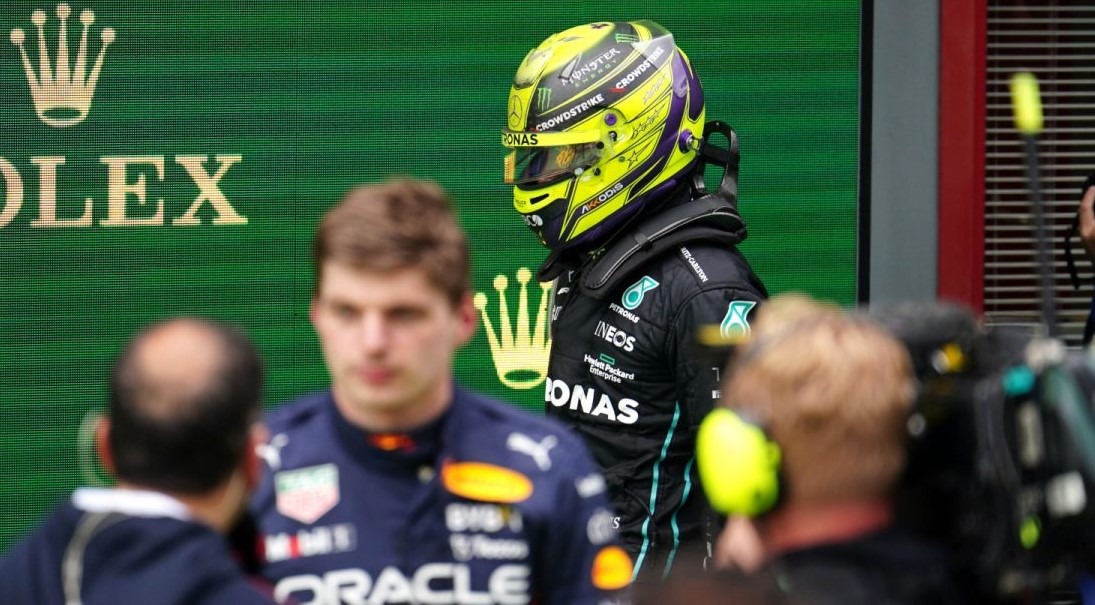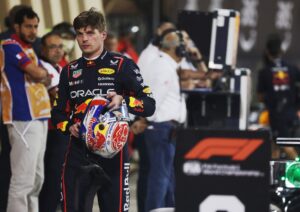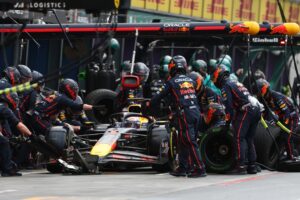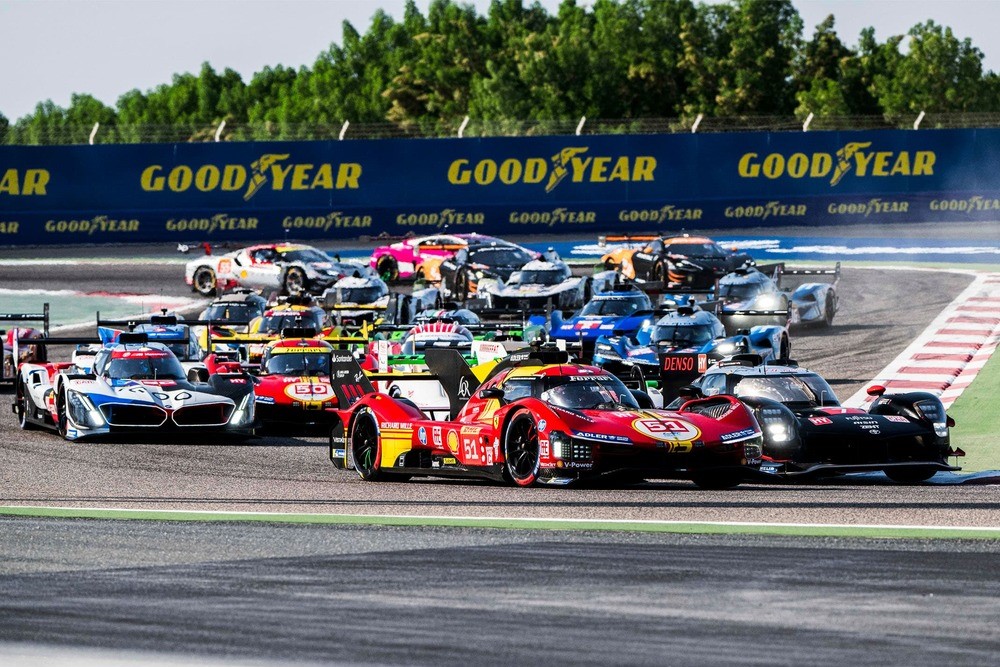Although Formula One has only recently entered a new age, the FIA has already begun planning for the next big regulatory changes, which will take place in 2026.
The FIA has outlined six important aims for the next generation of Formula One vehicles, according to The Race. This follows a meeting of the Formula One Commission.
Power unit changes had already been made, with the announcement of the “four pillars” last year. Environmental sustainability, financial sustainability, “maintaining the action,” and making sure the sport is “attractive to future power unit makers” are all on the list.
The removal of the MGU-H is one confirmed modification. To compensate, the MGU-electrical K’s output will be increased by 350kW, or roughly 469bhp. The engines will stay at 1.6 litres, but there will be a pricing cap on them. Those parameters, however, have yet to be established, and discussions are underway.
Potential power unit suppliers who are not currently involved in the sport have reacted positively to the planned adjustments. This comes as the Volkswagen Group is involved in the discussions, and it appears that both Audi and Porsche will be allowed to make an entry in Formula 1.
Despite the lack of concrete proposals, the initial controlling principles for the 2026 chassis standards are as follows:
- Significantly reduced drag to improve sustainability and efficiency and complement the power unit characteristics
- Maintain and improve on recent lessons learned about close racing and cars being able to follow each other
- Reduce car dimensions
- Reduce or contain car mass
- Continue path towards the standardisation or simplification of strategically selected components for cost-cutting purposes. Expand the usage of sustainable materials or technologies and focus on recyclability
- Continued innovation in terms of car safety, moving towards active and connected safety systems
For the sport, this would be a huge win as I t also demonstrates that the FIA is on track to meet its primary goal of luring new power unit suppliers.
It is unsurprising that the pursuit of car safety and sustainability continues. These two sectors have been, should be, and must be profoundly dedicated to the sport.
It would be absurd for the sport to try to undo any progress it has achieved in terms of close racing and vehicles being able to follow each other. So it’s more a question of how they accomplish this goal.
Points three and four are two of the most telling criteria: lower car dimensions and reduce or confine automotive mass. This is something that fans, pundits, and drivers have been requesting. It’s encouraging to see that these issues are now being addressed.
The F1 cars have lately become inconvenient as they don’t appear or feel swift any longer this is because for street circuits and tiny tracks like Imola, they’re far too big.
While the 2022 cars’ main bodies are smaller than the previous generation, they are significantly heavier. Previously, the weight restriction was to be increased from 752kg to 795kg.
The teams, on the other hand, struggled to fulfil this goal. As a result, the minimum weight was increased to 798kg. The rise in size and weight is linked to the sport’s safety.
For starters, the ban on in-race refuelling in 2010 caused the cars to grow in size as fuel tanks required more space. Second, there are connections to larger cars that provide better protection from catastrophic crashes for drivers. Increased crumple zones and survival cells are becoming typical.
As a result of these factors, the cars of 2022 are substantially larger than those of 15 years ago. However, breakthroughs in safety may allow for further car size decreases by 2026.

